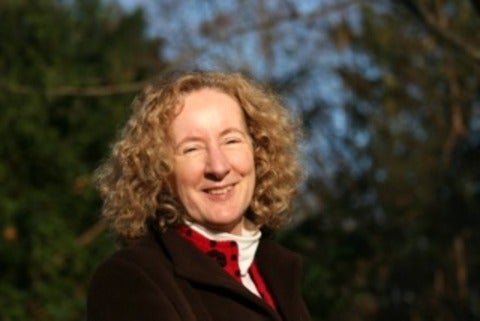Chang Liu: Generation and application of narrow-band biphotons in cold atom ensembles
Chang Liu, Hong Kong University of Science and Technology
As a standard method for producing correlated photon pairs (biphotons), spontaneous parametric down-conversion in nonlinear crystal usually has a wide bandwidth (terahertz) and very short coherence time (pico-seconds). Within spontaneous four-wave mixing process in cold atom ensembles, here we present a method for producing narrow-band (megahertz) Stokes and anti-Stokes paired photons.
